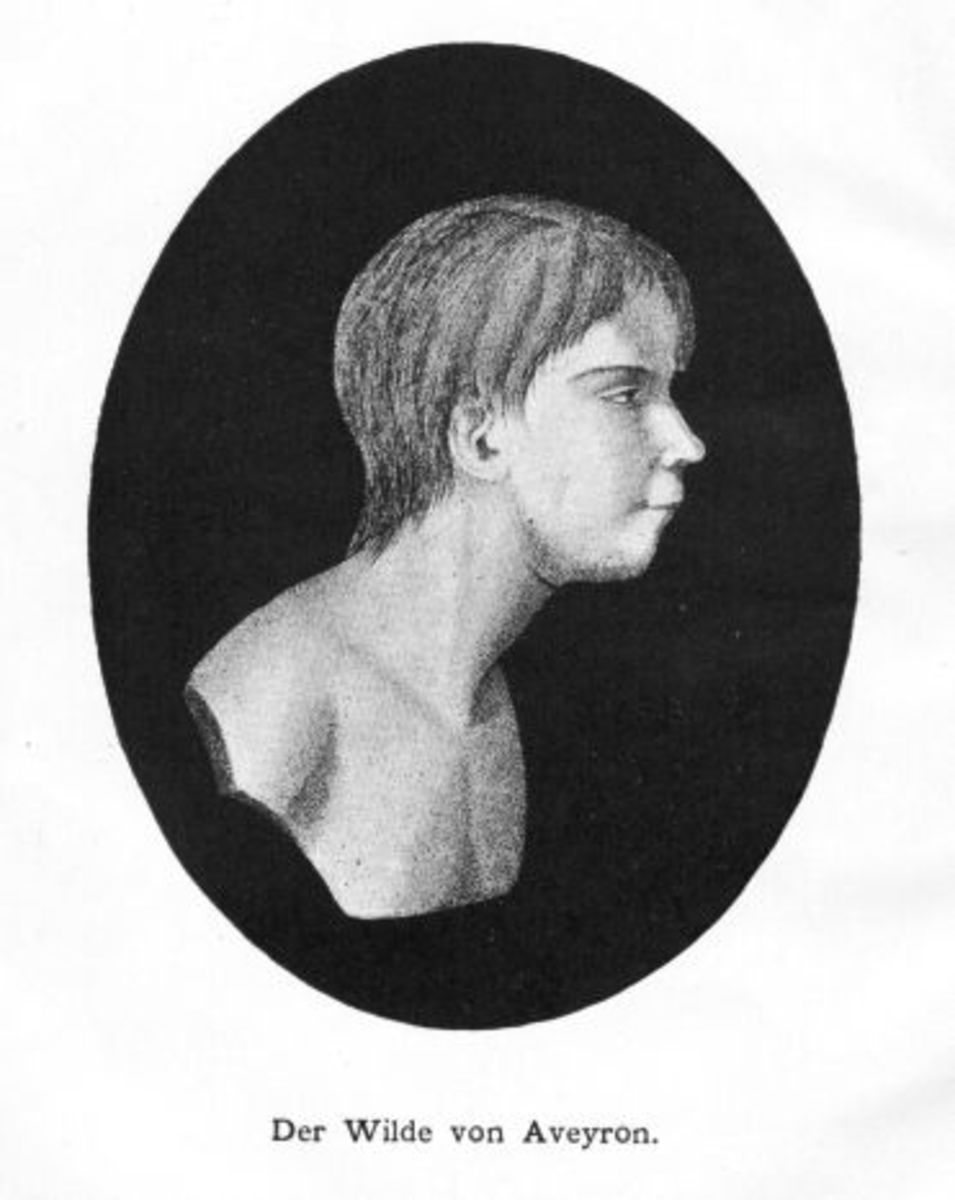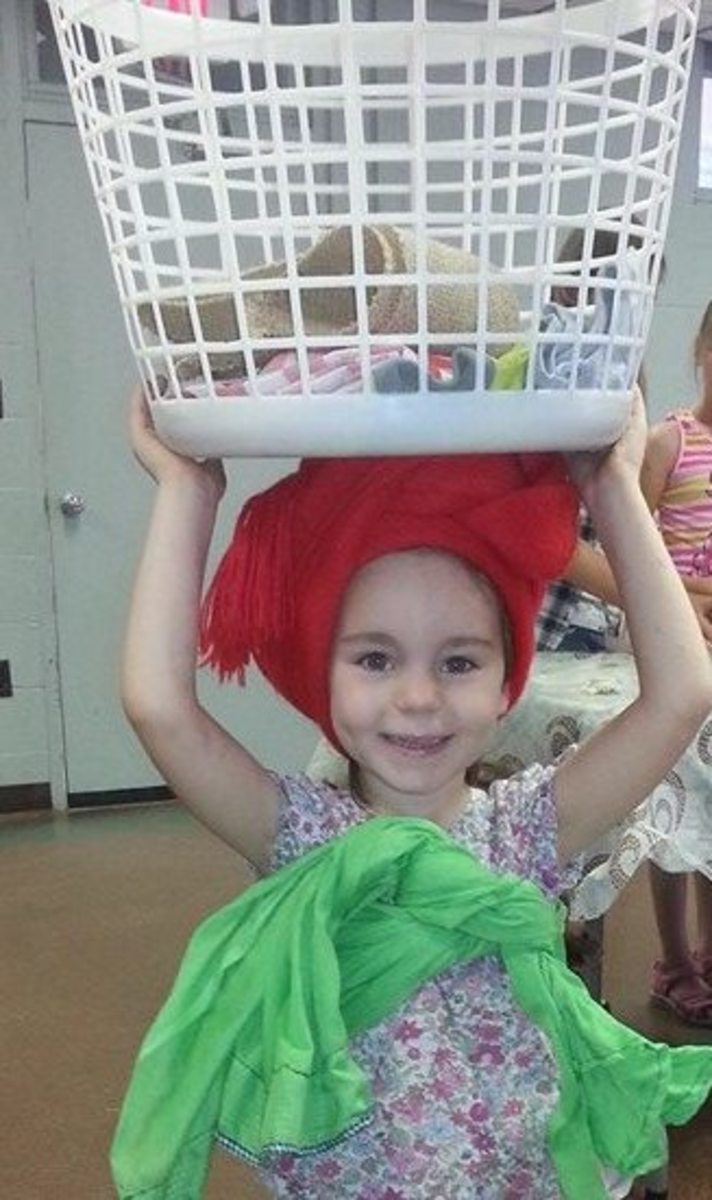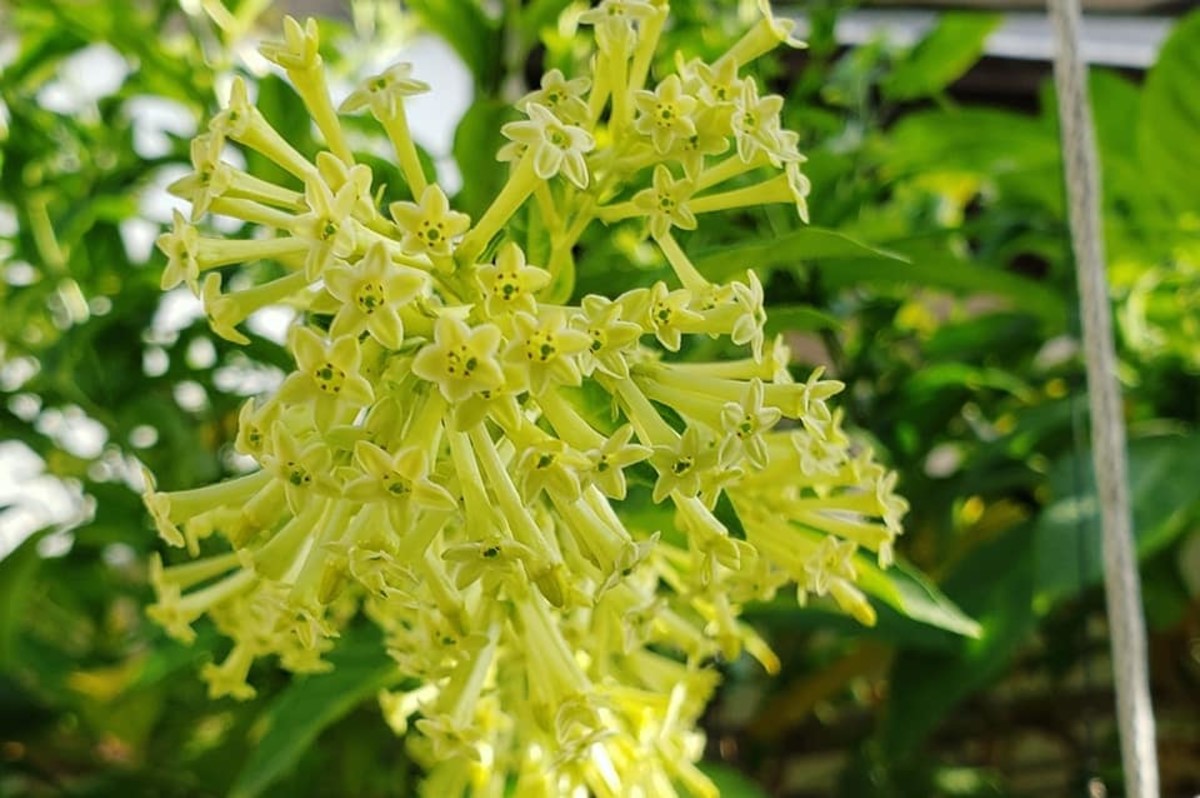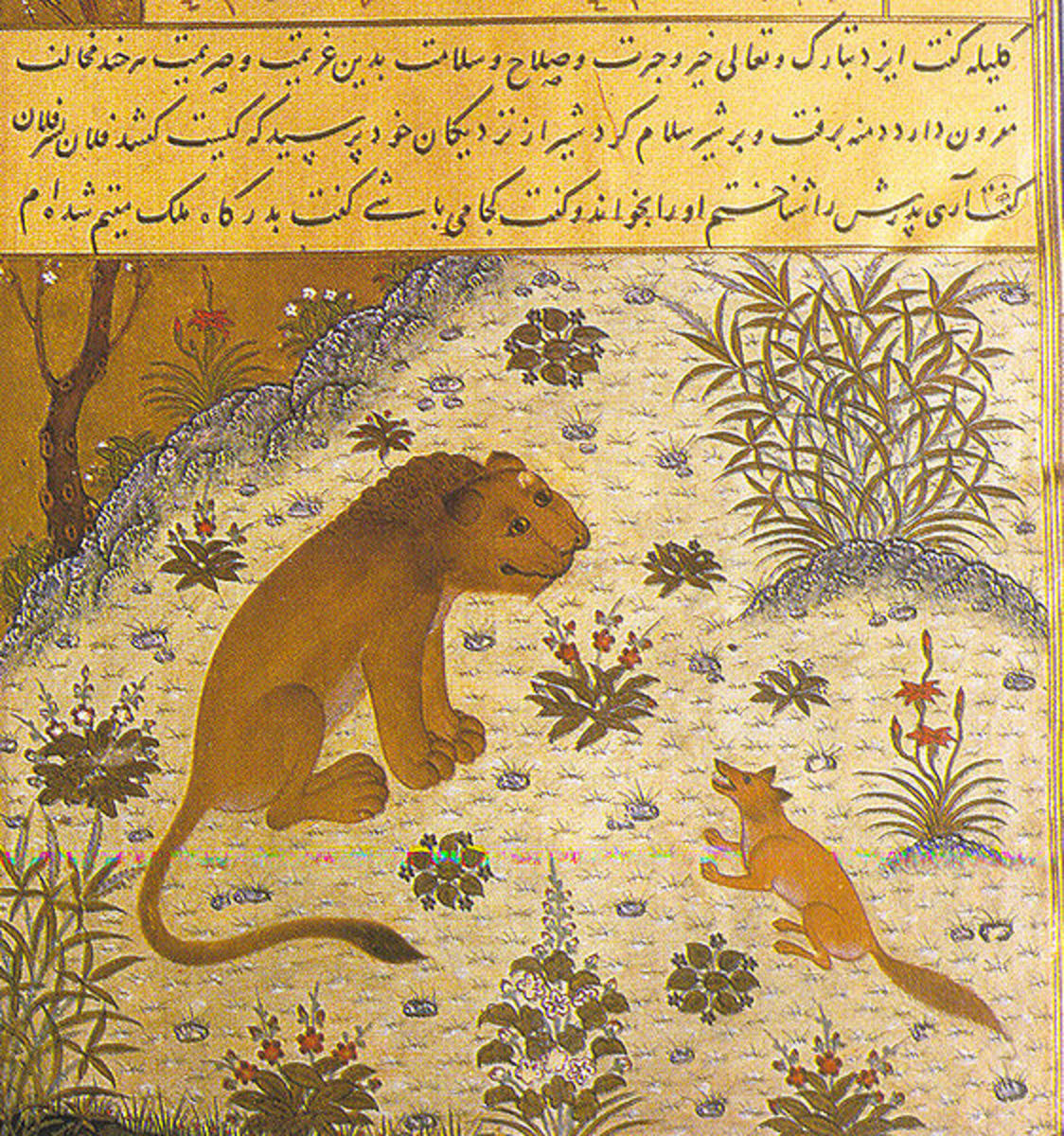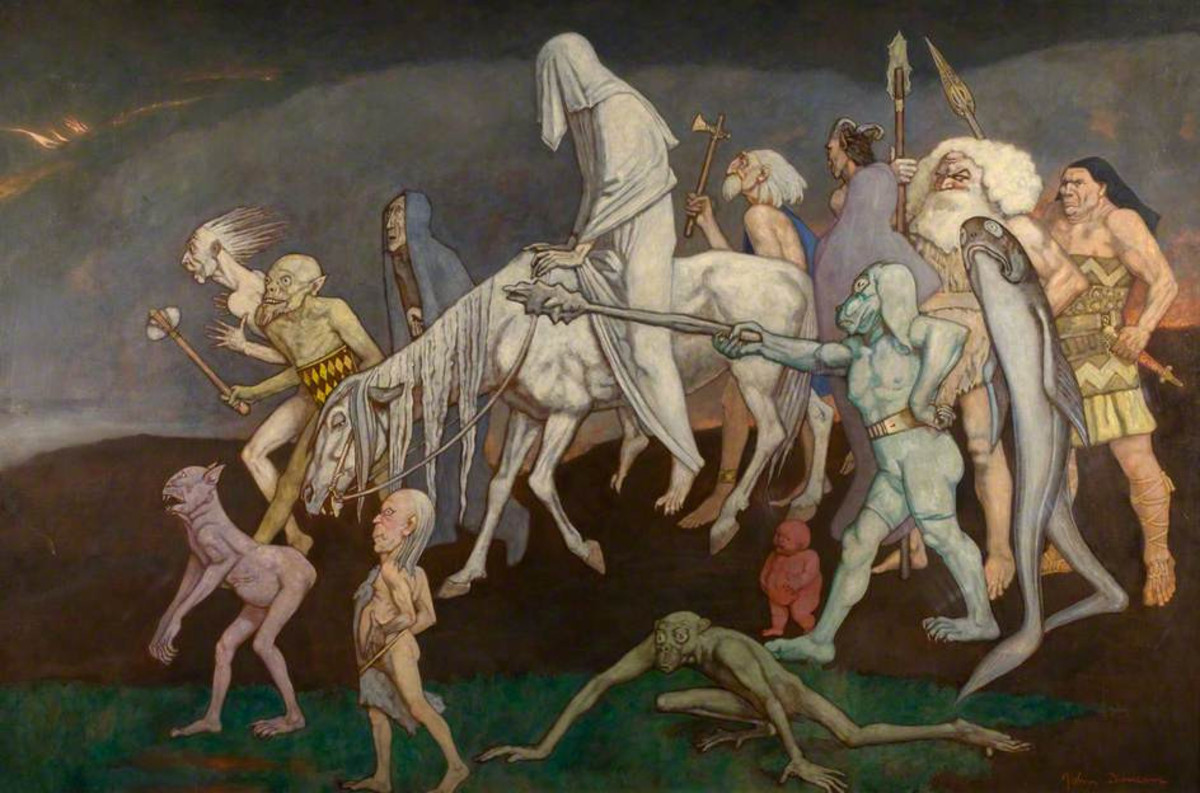- HubPages»
- Education and Science»
- Sociology & Anthropology»
- Folklore & Mythology
Folktales Africa
Folktales of Africa
These tales represent but a small portion of stories from Middle Eastern countries and India.
They are suggestive of a rich source on which children's literature has yet to draw fully.
Perhaps the next decades will provide a greater number of single-tale editions of stories such as these so that children might become part of this important literary tradition.
Folktales from Africa
Children today are the fortunate receiver of a rich bounty of African folktales collected by folklorists such as Harold Courlander.
Many of these tales have been retold in single editions by authors like Verna Aardema and Ashley Bryan, and many of these stories have received Caldecott awards.
Storytelling is a developed art in Africa, especially in West Africa. These tales have an aural cadence found in no other stories in the world.
They come from the oral tradition and are often written in the narrator's voice.
Short sentences, often with the use of parallel constructions, repeats, and dialogue qualify the style of many of the African tales.
The Dancing Granny cannot resist the song of Spider Ananse, who lures her to dance far out of sight while he raids her vegetable plot.
The story sings with rhythmic prose and repeated refrains. Bryan's The Story of Lightning and Thunder, a story from Southern Nigeria is filled with similar word music.
It begins as follows:
A long time ago, I imply a long, long time ago, if you wanted to pat Lightening or chat with Thunder, you could do it. Uh-huh, you could!
Many similar African tales are about personified animals, including those tricksters Anansi the spider, a rabbit, and a tortoise. In Gerald McDermott's Zomo the Rabbit, Zomo asks the Sky God for wisdom.
The Sky God agrees but sets the rabbit three difficult tasks.
The speedy trickster carries through the tasks but wreaks havoc in the jungle, angering Big Fish, Wild Cow, and Leopard.
Sky God gives him the wisdom he has asked for but warns him that he might have numerous courage and a little good sense, but no caution.
Therefore, warns the Sky God, that he better learn to run swiftly. Zomo's tricky character of African textiles shows an example of the patterned designs that make the character come to life.
In the story by Tolowa Mollel's Ananse’s Feast, Ananse the spider and the turtle Akye have a battle of wits over a meal. Ananse wins the first round but as often happens in trickster stories, the trickster spider is out-tricked by the long-suffering turtle.
Verna Aardema's Anansi Does the Impossible is a retelling of the three impossible tasks Anansi must accomplish to win the Sky God's stories. Readers will recognize a similar version in Gail Haley's A Story.
Trickster Rabbit appears in a more helpful mood in The Hunterman and the Crocodile, a charming retelling of a West African tale by Baba Wague Diakite.
Also, Diakite told The Hat Seller and the Monkeys, an African tale that children will recognize as the favourite Caps for Sale by Esphyr Slobodkina.
In this version BaMusa, a hat seller on his way to market with a load of hats falls asleep under a mango tree.
When he awakens, he finds that the monkeys in the tree have taken his hat. He tries everything he can imagine to get his hat back until he realizes that the monkeys are simulating his every move.
When he takes off his hat and throws it to the monkeys, they take off theirs and throw them at him. Verna Aardema has retold a West African tale in Why Mosquitoes Buzz in People's Ears.
In this cumulative story, the mosquitoes tell the iguana a tall tail, setting off a chain reaction that ends in disaster for a baby owl.
Until the animals can find the culprit who handles the owler's death.
Mother Owl refuses and wakes the sun. King Lion holds a council and listens to everyone's excuses until the blame comes to rest on the mosquito.
The white outline of the stylized watercolours gives a cool but brilliant atmosphere to this story.
Many other African stories may also be described as Pourquoi stories.
Ashley Bryan's wonderful retelling of ''How the Animals Got Their Tails'' in his Beat the Story Drum, Pum-Pum tells of the origin of feature features of African animals.
A play on words is a favoured form of humour in some African tales. In the Cow-Tail Switch, Harold Courlander and George Herzog retell the story of a very wealthy man named Time. Change of fortune reduces him to a beggar and a person's remark.
''Be-hold, Time is not what it used to be!''
The King and the Tortoise is another humorous story in which a king who considers himself the cleverest one in the world challenges the creatures of the kingdom to make the robe on the condition that the king gives him seven days and provides for any needs.
The tortoise returns on the day the robe is promised and explains that he must have a thread of fire to finish the robe of smoke.
The king realized that he did not want the robe anymore.
''You have proven to me that you are clever enough to make one, and that is all I wanted to know.'' He declares that the two cleverest creatures in the world live in his kingdom. ''You and I.''
Often in an African tale, there is a present dilemma and then the narrator will invite the audience to participate in suggesting the conclusion.
The problem of which son should be given the cow-tail switch as a reward for finding his lost father is asked in the title story of, The Cow-Tail Switch in the collection by Courlander and Herzog.
The boys undertake the search only after the youngest child learns to speak and asks for his father. Each son has a special talent he uses to help restore his father to life.
It is then that the narrator asks who should receive the father's cow-tail switch. A more serious dilemma is presented in Nancy Day's The Lion's Whiskers, an Ethiopian tale about a stepmother whose stepson refuses to accept her as his new mother.
After trying every kindness, she visits a medicine man, who tells her that she must bring her stepson, and she sets out into the desert. For several months she patiently feeds a lion, getting closer and closer until she can pluck three hairs from his snout.
When she returns to the wise man, he tells her he does not need the whiskers anymore, she has learned what she needs to know.
''Approach your stepson as you did the lion and you will win his love.''
Indeed, when she returns home, it is her quiet and loving patience that finally draws her stepson into the circle of her arms.
While searching for an African variant of ''Cinderella,'' John Step-toe came upon the story he retells in Farrarons Beautiful Daughters, turning it into a striking instance tale about conflict and contrast.
Malyara, the bad-tempered, selfish sister, predicts that one day she will be queen and the sister will be a servant.
Nyasha, the humble and hardworking sister, is happy to work in her garden and care for their father.
When a message arrives from the king inviting all the worthy daughters in the land to appear before him so that he can choose a bride.
Manyara hurries on ahead, thinking of beating her sister to the king's palace.
Along the way, she meets a hungry boy with whom she haughtily refuses to share her food with both people.
When her sister arrives, Manyara comes running from the palace in hysterics because she has seen a five-headed serpent on the throne. Nyasha bravely approaches and is relieved to find a little garden snake that transforms itself into the king.
He reveals that he had also taken the shape of the little boy and the old woman and thus knows that she is the most beautiful daughter in the land, worthy to be his wife.
There is no dearth of folk literature from Africa, where oral tradition has been maintained.
Children who hear these tales will become familiar with other cultures and the rhythmical chord of ancient African narrators.
They will learn of land where baobab trees grow, and people fear lions, leopards, droughts, and famine.
Most importantly, they will learn something about the wishes, dreams, hopes, humour, and despair of other people.
They may begin to see literature as the worldwide story of humankind.
Folktales of Africa
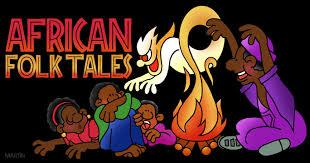
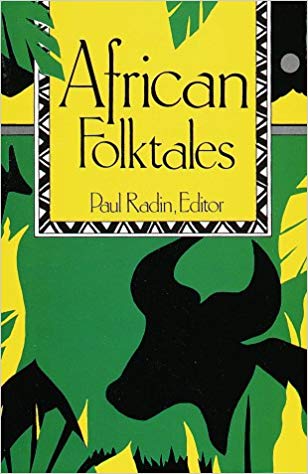
African Folktales
Do you know of African Folktales?
This content is accurate and true to the best of the author’s knowledge and is not meant to substitute for formal and individualized advice from a qualified professional.
© 2019 Devika Primić


